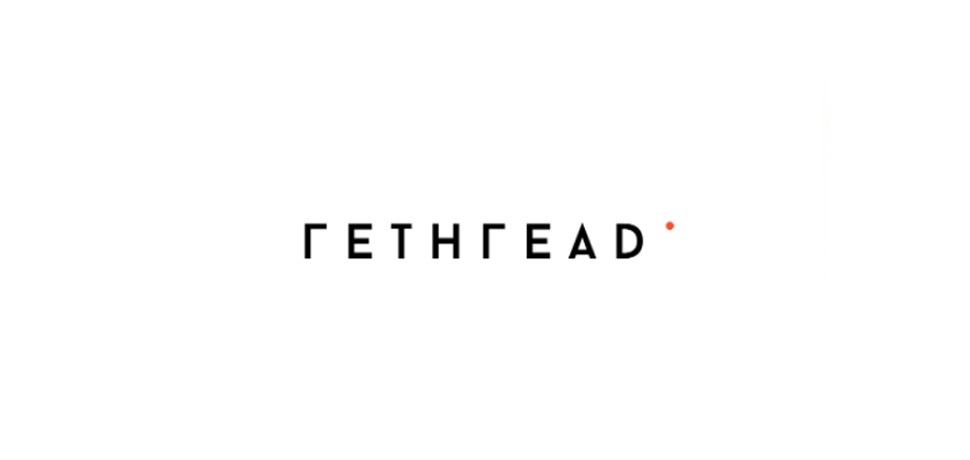
There’s an entrepreneurial saying that says you should cut your cloth according to your situation. It commonly refers to doing what’s within your resources and reach. In Alexa Schempers’ case, however, it’s revolutionizing sustainable fashion.
Alexa launched Rethread because she wanted to create a sustainable clothing brand that makes people feel and look amazing. Her business model has three key components: She takes ‘old’ clothes that she finds in thrifts stores and works with her team of sewers to create something new, she has her own in-house designs that are created from scratch based on her designs, and she offers a curated ‘thrift’ selection (because she loves being thrifty).
Alexa studied fashion and entrepreneurship in Amsterdam and planned to launch her business there until Covid-19 derailed her plans. Moving back to South Africa, she e-evaluated her plans and her goals and launched Rethread. Along the way, she’s learnt some incredible lessons. Here are a few of them:
Rethread is a sustainable clothing brand that reuses where possible and creates new fashion sustainably by ensuring that all quantities are small to reduce waste. All manufacturing takes place locally as well. Having a purpose is key – businesses change and adapt, and a purpose allows you to always know if a decision aligns with who you are.
More and more people are choosing brands that speak to them and their values. Alexa loves fashion and she wants to make a positive impact on the world. Her taste and closet are the same – a mix of upcycles thrift pieces, designer garments and local fashion. “Many contemporary closets look like this. We are a brand for women who don’t want to waste. They want to get the most from each item and they care about sustainability,” says Alexa. Rethread isn’t for everyone, but a clear purpose ensures that it’s a brand of choice for those whose values align with the brand.
Alexa isn’t the first fashion entrepreneur to care about sustainability – but there was a big gap in the market that she believed she could fill. “First, we learnt about how wasteful tis industry was while I was studying, but most brands aren’t doing much about it,” she says, “so that’s an obvious gap, but the more I researched the more I realized that while sustainable brands exist, they are quite boring. This presented a great opportunity to offer women fashion-forward items that were still sustainable.”
Y Combinator, one of the most well-known incubators in Silicon Valley has embedded this lesson in start-ups. The key to differentiating yourself when you are new and small is to do things that big brands can’t – in other words, the things that don’t scale. For example, Alexa chooses each thrift store item herself, designs how it will be tweaked and sewn and then if the final product works well she and her team will create a few more to that design. It’s completely unscalable – but it is a unique differentiator that will allow the brand to grow a unique and loyal following.
This is the lesson that pulls everything else together. “The main lesson I’ve learnt is to get comfortable with things not happening the way you imagined them to happen,” says Alexa. “My business model is always growing and developing. I’m going to have to scale my model eventually and it will need to change to do that. Adaptability is key. The trick is to be willing to try new things and find solutions to challenges you didn’t even see coming. Things don’t always work out the way you imagined – but often they work out better!”
You can support Alexa’s business by: